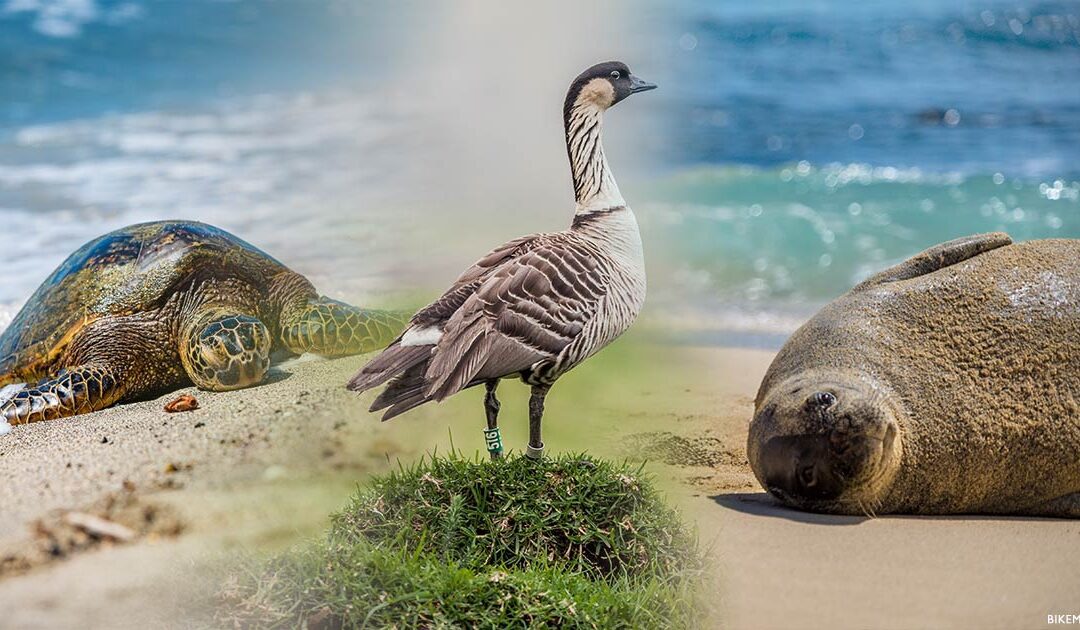From Nēnē Geese to Humpback Whales
A monk seal lounges on Ka’anapali Beach at sunset. I explain to other beachgoers to keep their distance while calling the hotline to report its location. After 30 years as a marine naturalist on Maui, these moments still fill me with excitement!
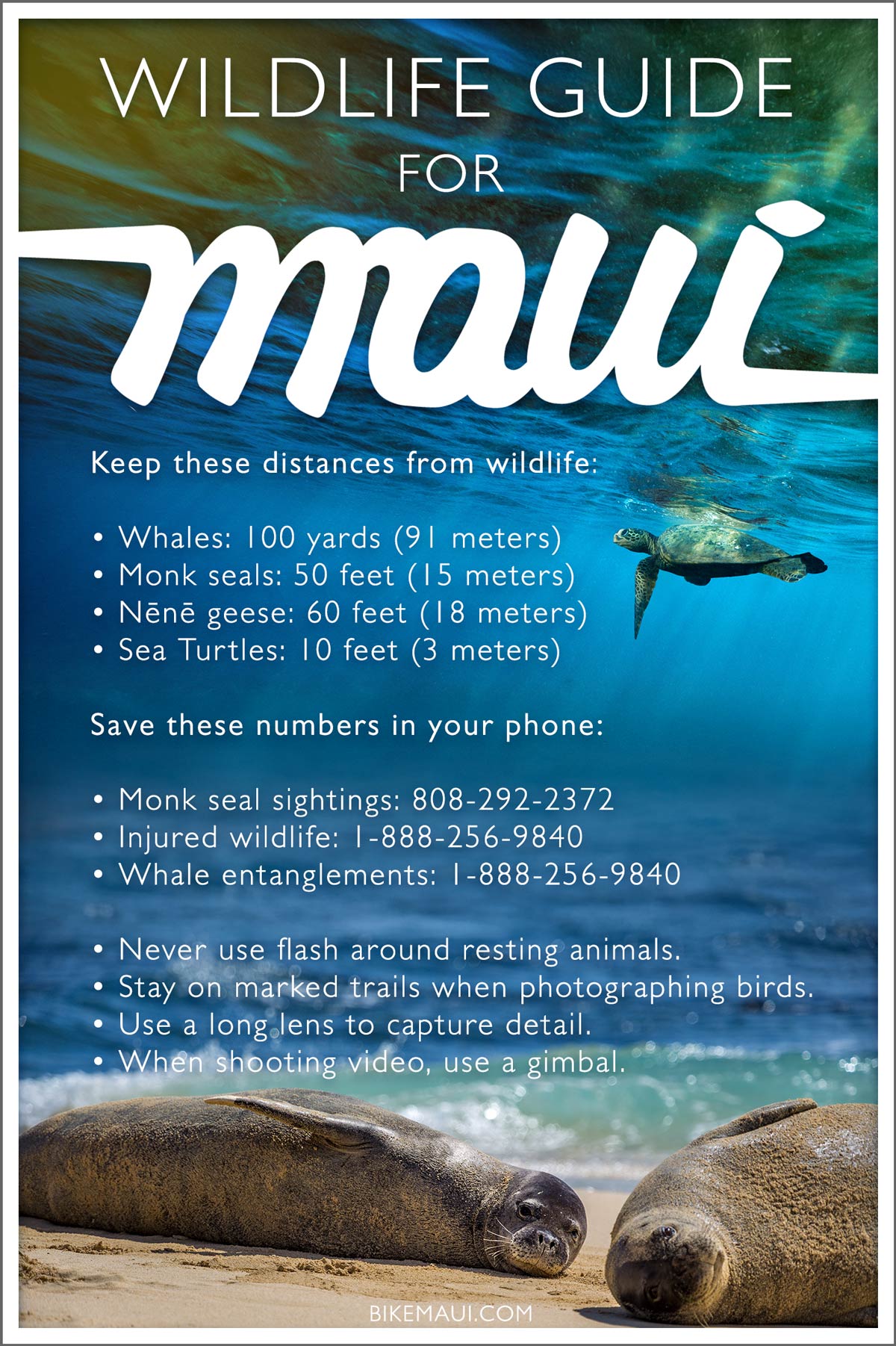
Maui hosts some of Hawaii’s most spectacular wildlife. This guide shares the best spots and seasons to see these amazing creatures, based on my daily experiences leading snorkel and wildlife tours.

Best Wildlife Viewing Seasons
Winter (December-April):
- Humpback whales arrive from Alaska, with peak activity in February
- Spinner dolphins often stay in groups called pods. South Maui is usually calm with less south swells.
Summer (May-November):
- Nēnē geese gather in upcountry pastures with their goslings. Upcountry and Haleakala are usually a bit warmer in summer.
- Green sea turtles can be found in every area of Maui’s coastline. Summer is usually calm on the North Shore.
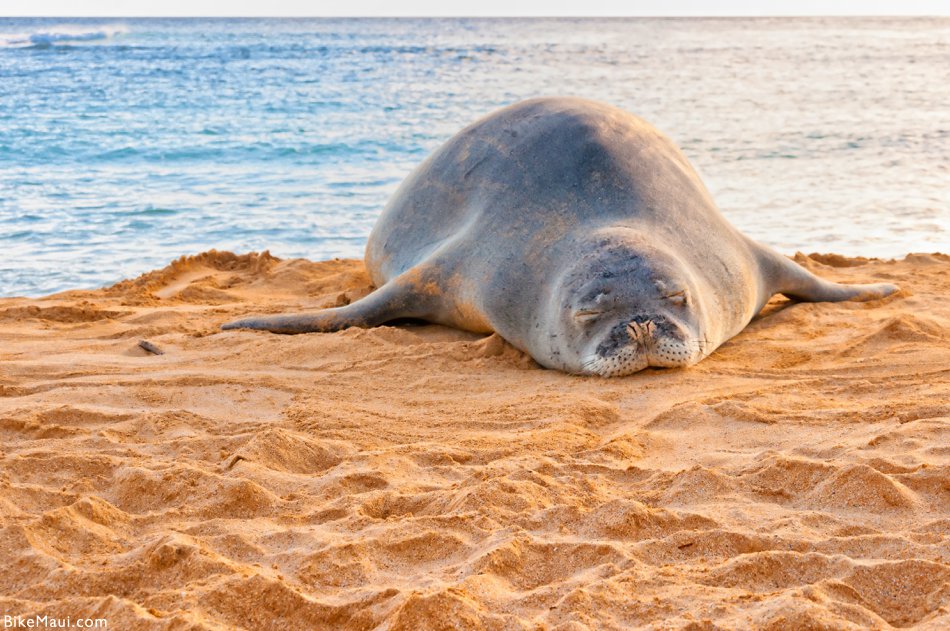







Top Wildlife Viewing Locations
Haleakalā National Park
At Haleakalā National Park, life adapts to the dormant volcano’s dramatic elevation changes. Nēnē geese stride through mountain meadows searching for native berries, while Hawaiian petrels soar back to their high-altitude burrows at dusk. The native forest sections shelter some of Hawaii’s rarest birds, as endangered honeycreepers flit between māmane and ōhi’a trees, their curved bills perfectly evolved for sipping nectar.
Molokini Crater
Most morning Molokini boats reach the Crater by 8 AM. The crescent-shaped crater holds secrets beneath its surface, where eels and black tip reef sharks glide through clear waters. Schools of yellow tang, sometimes hundreds strong, paint the reef between coral heads.
‘Āhihi-Kīna’u Natural Area Reserve
The protected cove of ‘Āhihi-Kīna’u Natural Area Reserve creates a haven for marine life. Green sea turtles graze peacefully on coral beds in the shallows, while Hawaiian monk seals occasionally claim small sections of beach as their resting spots. The calm waters reveal a world of endemic Hawaiian fish species.








Wildlife Viewing Tips
Keep these distances from wildlife:
- Whales: 100 yards (91 meters)
- Monk seals: 50 feet (15 meters)
- Nēnē geese: 60 feet (18 meters)
- Sea Turtles: 10 feet (3 meters)
Report Wildlife Sightings
Save these numbers in your phone:
- Monk seal sightings: 808-292-2372
- Injured wildlife: 1-888-256-9840
- Whale entanglements: 1-888-256-9840
Photography Guidelines
- Never use flash around resting animals. Shoot from natural light.
- Stay on marked trails when photographing birds.
- Use a long lens to capture detail without disturbing the creatures.
- When shooting video, use a gimbal or stabilizing camera setting.
Specific Observation Tips
- Manta rays are attracted to plankton after full moons.
- Nene can be mean, so don’t feed them and keep your fingers and bare skin away from close proximity.
- If a sea turtle swims up to you, having them closer than 10 feet is ok. Just don’t bother them.
The best wildlife encounters happen naturally. Stay patient, keep quiet, and respect wildlife space. Remember, we share their home – they don’t exist for our entertainment. Your wildlife viewing choices matter. Book Haleakala tours with operators who follow federal guidelines and support local conservation. Avoid companies that advertise guaranteed wildlife encounters or highlight close encounters.
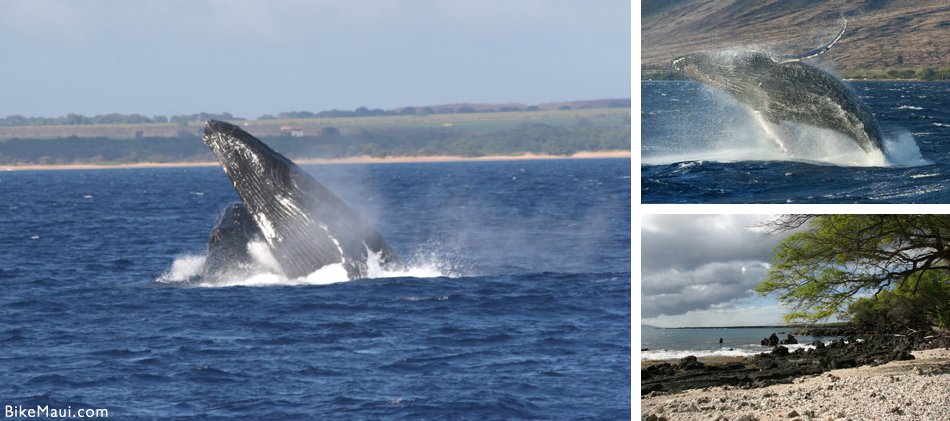







Essential Gear
- Reef-safe sunscreen
- Polarized sunglasses (when on the water)
- Binoculars (8×42 recommended)
- Camera with zoom lens
- Reusable water bottle
Common Mistakes to Avoid
- Chasing animals for photos
- Feeding wildlife (illegal and harmful)
- Blocking beach access for seals
- Touching coral or sea turtles
- Using drone near wildlife (you can’t get close enough and it’s illegal)
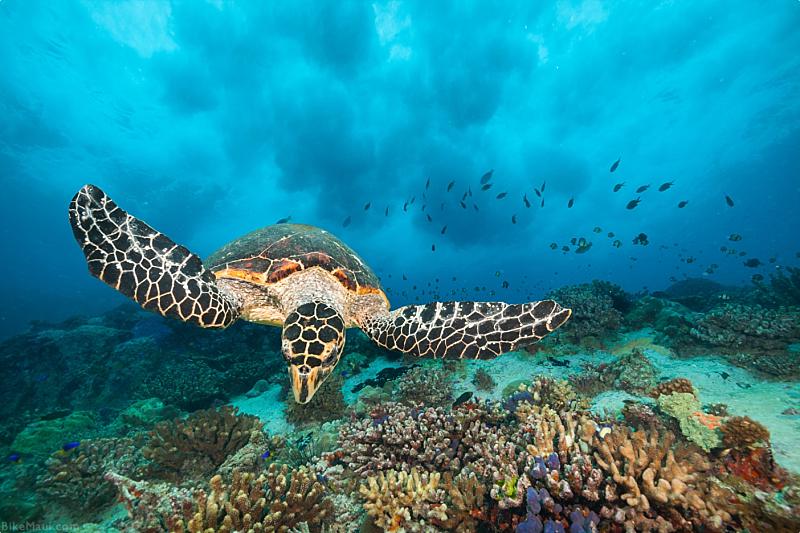







Pack respect and patience alongside your camera. Maui’s wildlife offers unforgettable moments when approached thoughtfully.
